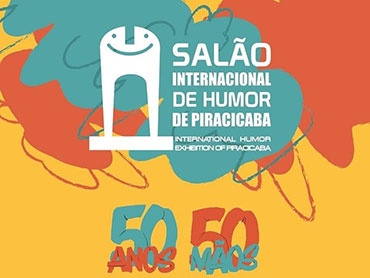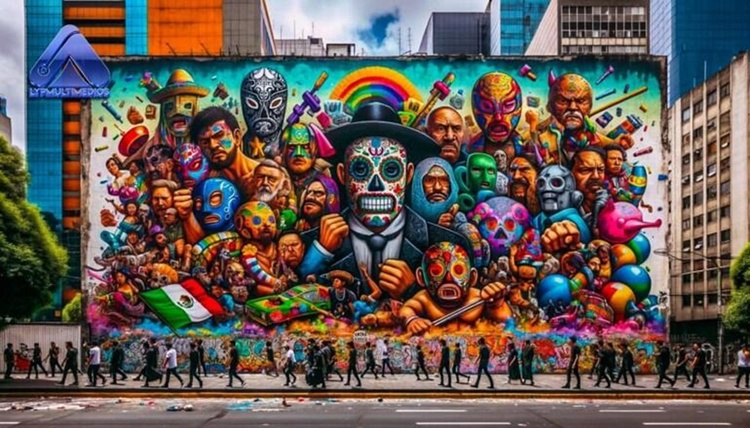
Graffiti in Latin American culture
🎨 Graffiti in Latin America, and especially in Mexico, has gone from being considered an act of vandalism to a prominent art form that expresses social, political and cultural messages. This change is reflected in its evolution from the streets to its inclusion in galleries and museums.
🌆 Originating from the hip hop culture of the 70s in New York, graffiti reflected the experiences of the African American and Latino communities. This cultural phenomenon expanded to Mexico, where it has become a mirror of social dynamics and a channel for protest and social criticism.
🖌️ Today, graffiti is a tool of resistance and creativity in Mexico. Artists like Saner and Smithe not only adorn cities but also drive social change, using street art to influence public perception and cultural policy.
🏙️ In the modern sphere, although graffiti has found a place in the formal art world, its essence remains an expression of discontent and inequality. Its incorporation into traditional spaces has generated debates about its commercialization and its legitimacy as an art form.
📜 The acceptance of graffiti as a valid artistic expression has helped transform urban spaces and influence contemporary culture. Its ability to communicate effectively makes it a powerful means of expression in the Latin American context.
🖼️ The work of graffiti artists like Saner and Smithe exemplifies the importance of graffiti in Mexican urban culture, not only as decoration but as a powerful form of social and political expression.
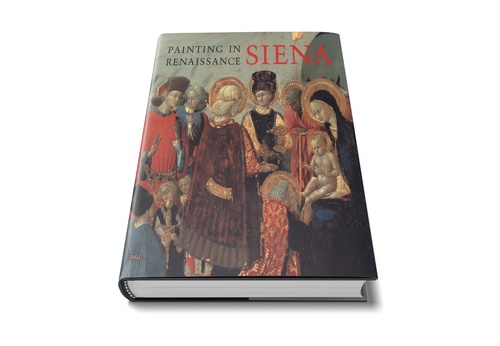
- June 30, 2025
Painting in Renaissance Siena, 1420–1500

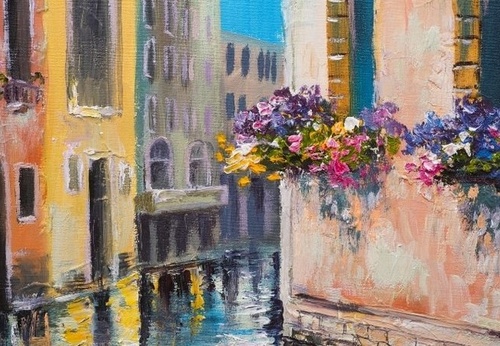
- June 30, 2025
What are Plastic Arts?
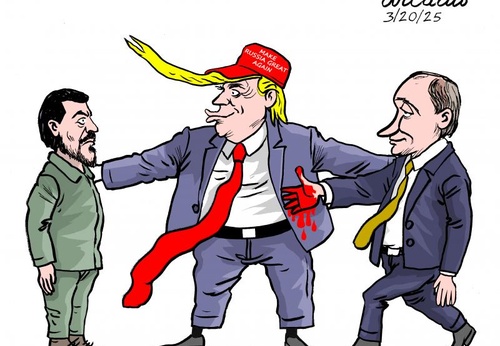
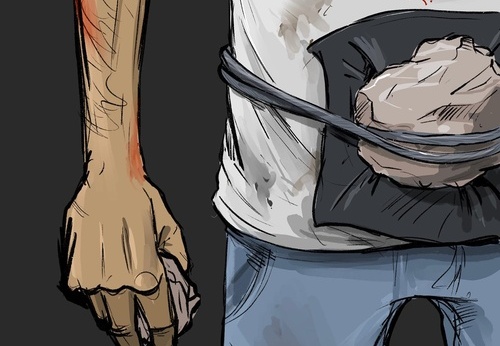
- June 30, 2025
Images Against Silence: Artists Who Challenge Power
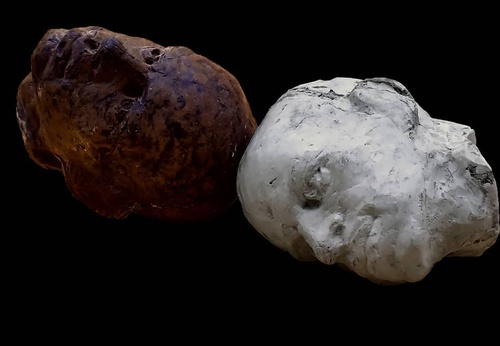
- June 30, 2025
Gallery Of Sculpture By Montalvan Cuellar Andres - Cuba
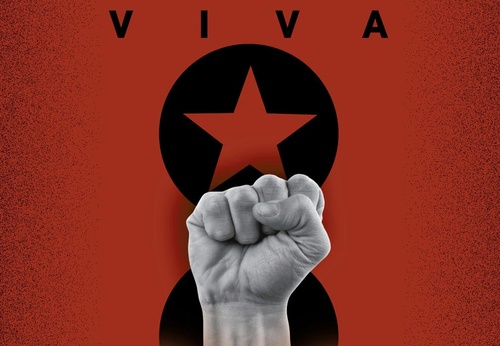

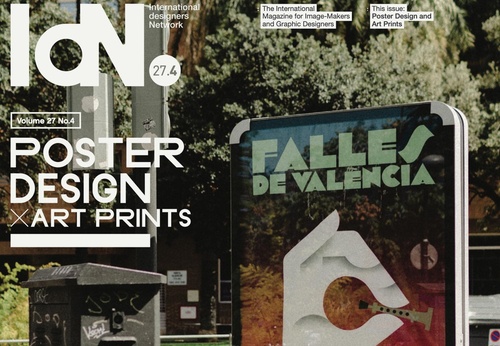
- June 29, 2025
Idn Magazine Volume 27 No.4: Poster Design

- June 30, 2025
Crítica de Obras Artísticas Criadas por…

- June 30, 2025
What are Plastic Arts?

- June 30, 2025
Images Against Silence: Artists Who Cha…

- June 29, 2025
History of Art Photography in the 20th …

- June 28, 2025
The 11 types of art and their meanings

- June 28, 2025
Contemporary Art is postmodern art

- June 26, 2025
Graphic Design, Art, and Technology: Wh…

- June 25, 2025
Graphic Design and Modern Content Creat…

- June 25, 2025
Art as a Manifestation of Resistance

- June 24, 2025
Latin American Art in the world

- June 24, 2025
Painting as a form of emotional express…

- June 23, 2025
14 questions and answers about the art …

- June 23, 2025
9 Latino painters and their great contr…

- June 22, 2025
The most famous image of Ernesto "Che" …

- June 21, 2025
Resistance in Ink and Paper: Illustrati…

- June 21, 2025
Art as a Tool for Enlightenment and Soc…

- June 18, 2025
Graphic Design and the Psychology of Co…

- June 17, 2025
Combining Art and Technology: Breaking …

- June 17, 2025
How has AI changed the world of graphic…

- June 16, 2025
Cultural and Social Impact of Digital A…

- August 29, 2023
The history of Bolivian art

- February 19, 2024
Analysis and meaning of Van Gogh's Star…

- January 28, 2024
Culture and Art in Argentina

- September 25, 2023
What is the importance of art in human …

- September 23, 2023
What is paint?

- August 10, 2023
14 questions and answers about the art …

- August 30, 2023
First artistic manifestations

- August 23, 2023
The 11 types of art and their meanings

- September 23, 2023
History of painting

- September 23, 2023
Painting characteristics

- January 12, 2024
10 most beautiful statues and sculpture…

- April 06, 2024
History of visual arts in Ecuador

- March 26, 2024
The importance of technology in art1

- August 16, 2023
The 15 greatest painters in art history

- January 31, 2024
Examples of Street Art – Urban Art

- March 26, 2024
Cultural identity and its impact on art…

- April 07, 2024
Graffiti in Latin American culture

- January 20, 2024
What is the relationship between art an…

- October 21, 2023
Contemporary art after the Second World…

- August 25, 2024
A Comprehensive Analysis of the Cartoon…

- February 19, 2024
Analysis and meaning of Van Gogh's Star…

- August 13, 2023
9 Latino painters and their great contr…

- August 10, 2023
14 questions and answers about the art …

- August 29, 2023
The history of Bolivian art

- January 28, 2024
Culture and Art in Argentina

- August 23, 2023
The 11 types of art and their meanings

- November 06, 2023
5 Latin American artists and their works

- August 27, 2023
15 main works of Van Gogh

- September 23, 2023
Painting characteristics

- September 23, 2023
What is paint?

- September 25, 2023
What is the importance of art in human …

- December 18, 2023
10 iconic works by Oscar Niemeyer, geni…

- August 30, 2023
First artistic manifestations

- January 20, 2024
What is the relationship between art an…

- March 26, 2024
Cultural identity and its impact on art…

- January 12, 2024
10 most beautiful statues and sculpture…

- October 30, 2023
Characteristics of Contemporary Art

- August 22, 2023
What are Plastic Arts?

- April 16, 2024
The most important painters of Latin Am…

- August 24, 2023

